Direct and Indirect Objects
Types of Complements
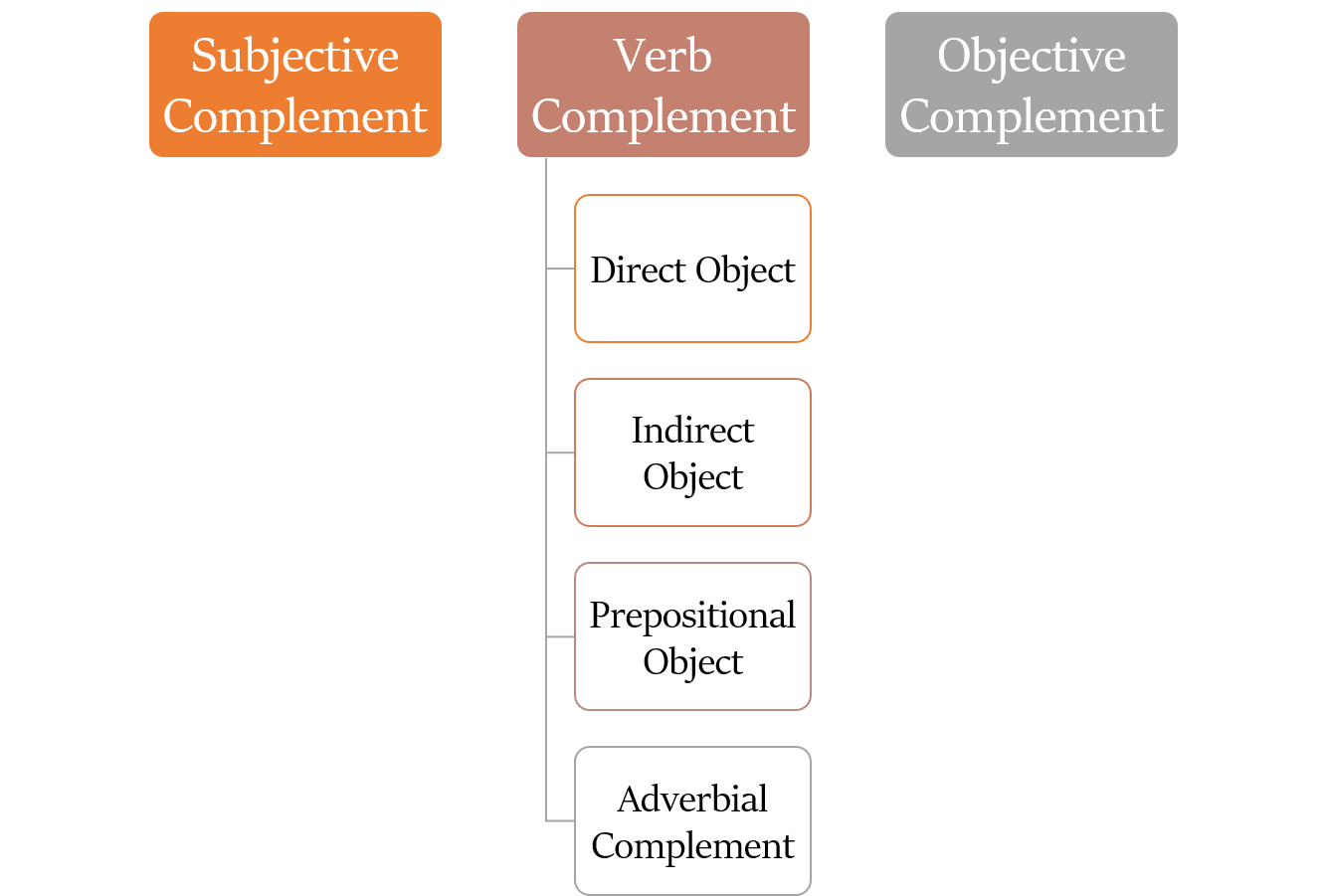
Here we will focus on the difference between Direct and Indirect Object and will also learn about Prepositional Object.
Mono-Transitive and Di-Transitive Verbs
Mono-transitive verb - followed by a direct object.
Di-Transitive Verb - followed by two objects, a direct object and an indirect object.
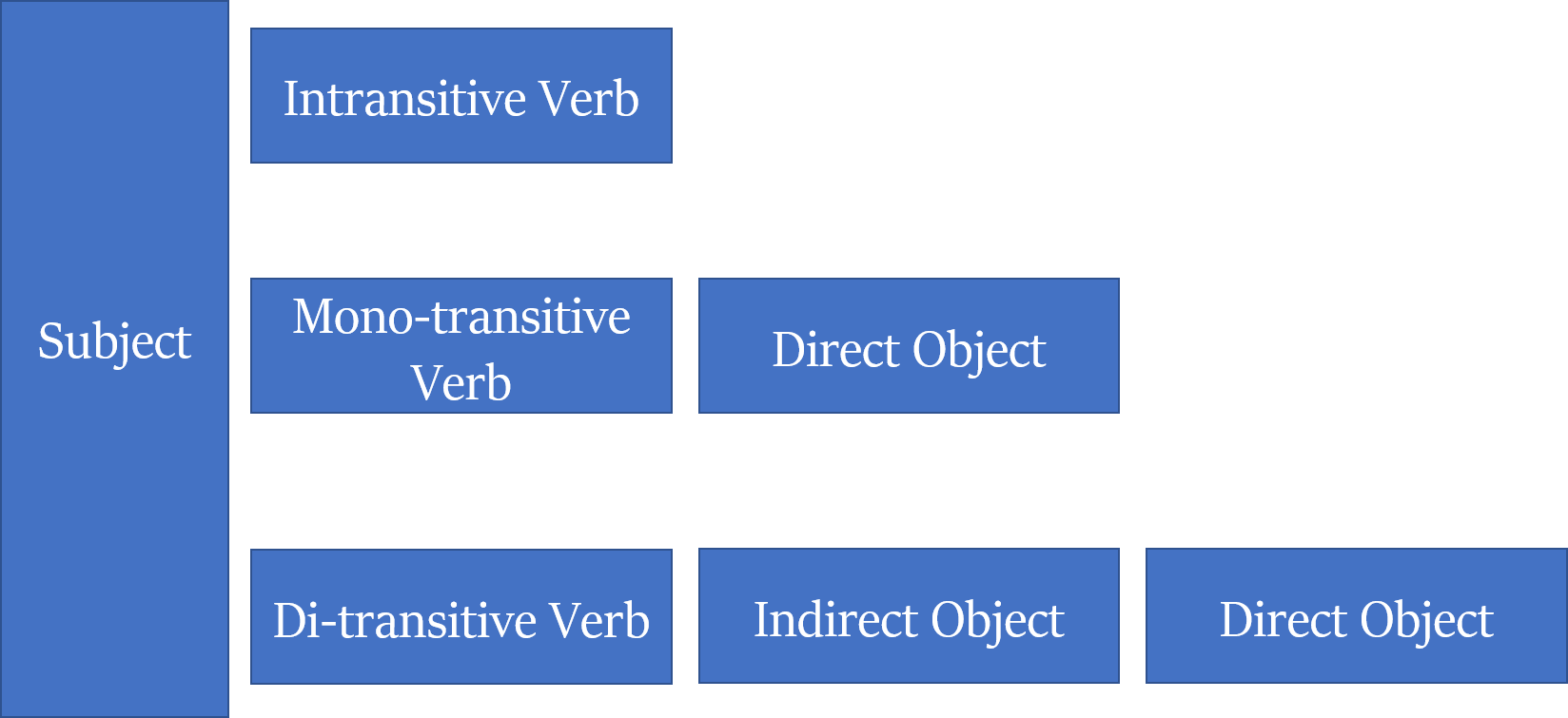
Direct & Indirect Object
Direct Object - usually the name of some thing or person that is directly affected by the action of the verb.
Indirect Object - denotes the person (or group of people) or animal to whom something is given or for whom something is done. It is indirectly affected by the action of the verb.
Indirect object receives a direct object. It is the beneficiary of the action.
Sam built a new house. (house is the object – a direct object (DO))
Sam built us a new house. (house is the direct object, us – indirect object (IO))
Recognizing Indirect Object
To find the indirect object - find the verb and direct object and then ask “for or to whom?” OR “for or to what?”.
Show me the painting. (Show the painting to whom? - me)
Meenakshi gave him the class notes. (Meenakshi gave the class notes to whom? - him)
Position of Direct and Indirect Objects
An indirect object always needs a direct object with it and generally comes before the direct object.
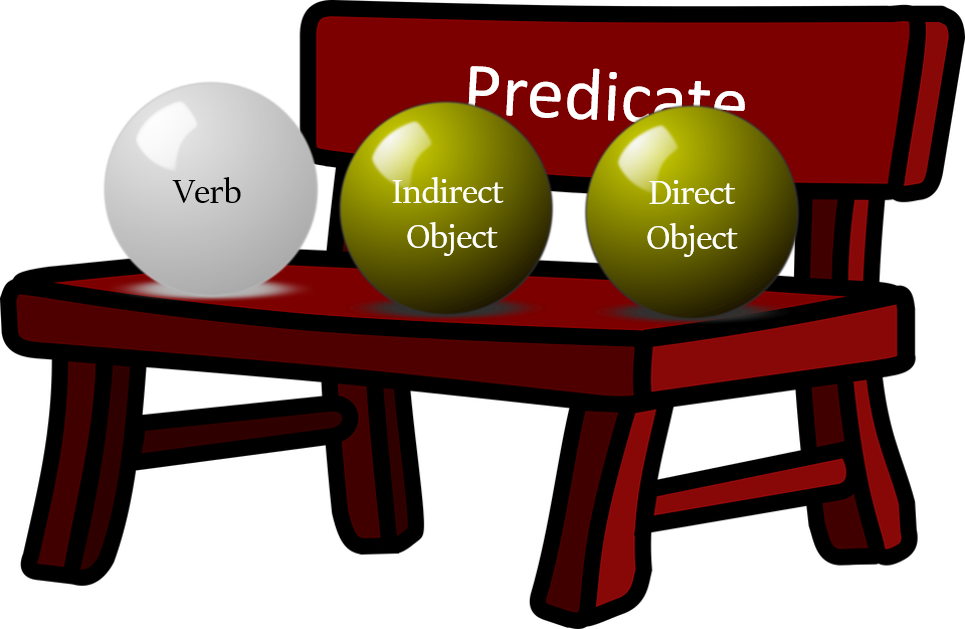
His father gave him (Indirect) a watch (Direct).
He told me (Indirect) a secret (Direct).
- We can often rephrase these sentences with a prepositional phrase using: to or for + the recipient of the direct object.
In this case, the direct object usually comes first.
But in technical terms, the second object now is not an indirect object, but rather a prepositional object.
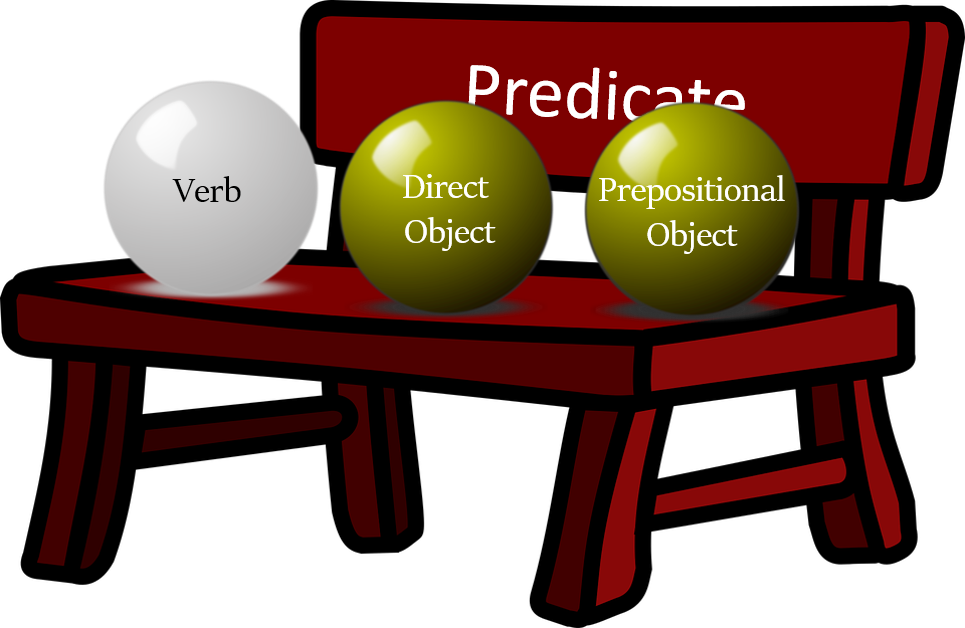
Tom kindly lend me your car. (me - indirect object)
Tom kindly lend your car to me. (me - prepositional object)
I never buy her flowers.
I never buy flowers for her.
Prepositional Object
Some verbs take an object after a preposition.
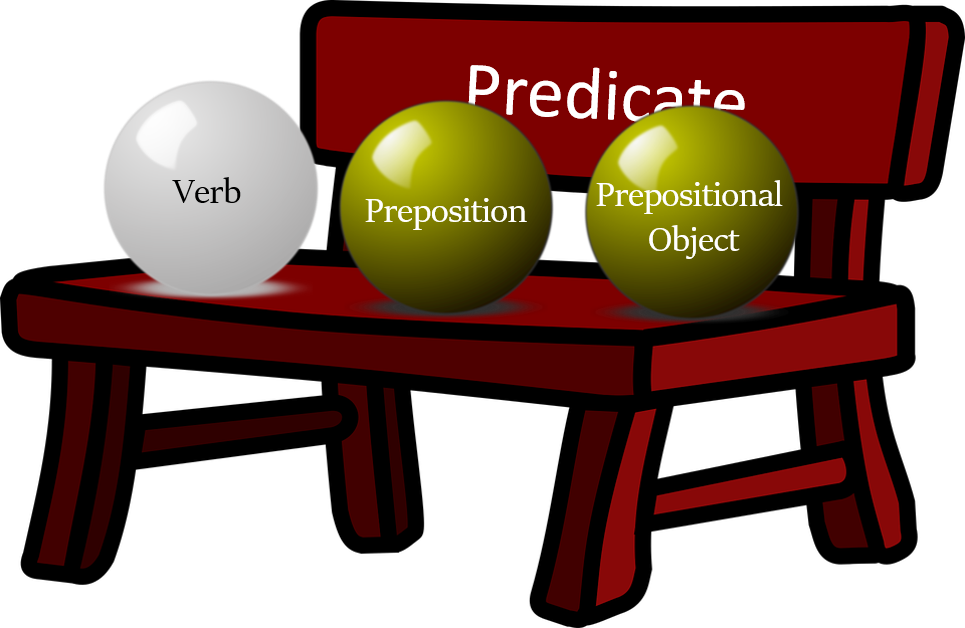
A prepositional object receives the action of the subject, but is governed by a preposition rather than a verb. This book belongs to me.
We are waiting for Mak.
He met with an accident.
- Prepositional objects are not direct or indirect objects. They are governed by the preposition and not by the verb. Sometimes prepositional objects do work as indirect objects (but they are not, technically speaking, indirect objects).
Let us understand this using a few examples:
He sat in the basement of the building during lunch time.
These are not direct objects, because direct object cannot be inside a prepositional phrase.
Gets no answer when we ask: verb + what OR verb + whom
These are also not indirect objects, because indirect object cannot come without direct object.
Gets no answer when we ask: verb + for what OR verb + for whom
So, these are prepositional objects. And obviously these are in objective case.
Let us see a few more examples:
I gave my tickets to the policeman.
Structure of this sentence is:
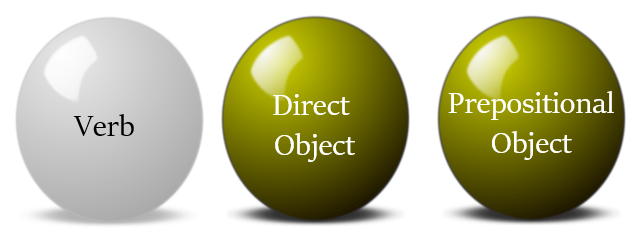 (gave - verb; my tickets - direct object; policeman - object of the preposition ‘to’)
(gave - verb; my tickets - direct object; policeman - object of the preposition ‘to’)
I surrendered to the policeman.
Structure of this sentence is:
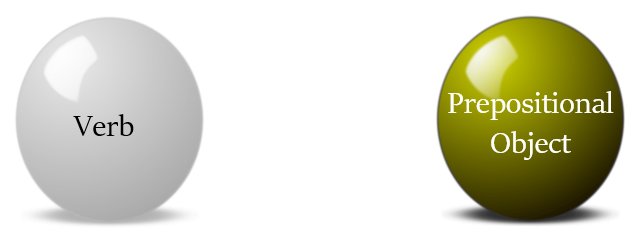 (surrendered - verb; policeman - object of the preposition ‘to’)
(surrendered - verb; policeman - object of the preposition ‘to’)
‘policeman’ in both of the above sentences is the object of the preposition ‘to’. It is not an indirect object. It is even more clear in the second sentence, wherein there is no direct object. In a sentence indirect object cannot come without a direct object.
What can function as prepositional object?
Object of a preposition maybe a noun, noun phrase, pronoun or a subordinate clause.
Sharapova lives near Moscow. (noun)
Sharapova lives near Russia’s beautiful capital city. (noun phrase)
The serial killer Zodiac is among us. (pronoun)
I saw a documentary on how old ships are dismantled. (subordinate clause)
(there’s no head noun, so the whole clause is described as the object of the preposition)
Case of Objects
In Latin and related languages:
Direct objects are in accusative case.
Prepositional & Indirect objects are in dative case
This was the case with old English too. But in modern English, we use the term objective case for the dative case and the accusative case.

Extra Books and Tools
If you prefer to learn via books, or want some good English Grammar books for reference purposes, you may read this article which enlists some of the books recommended by us.